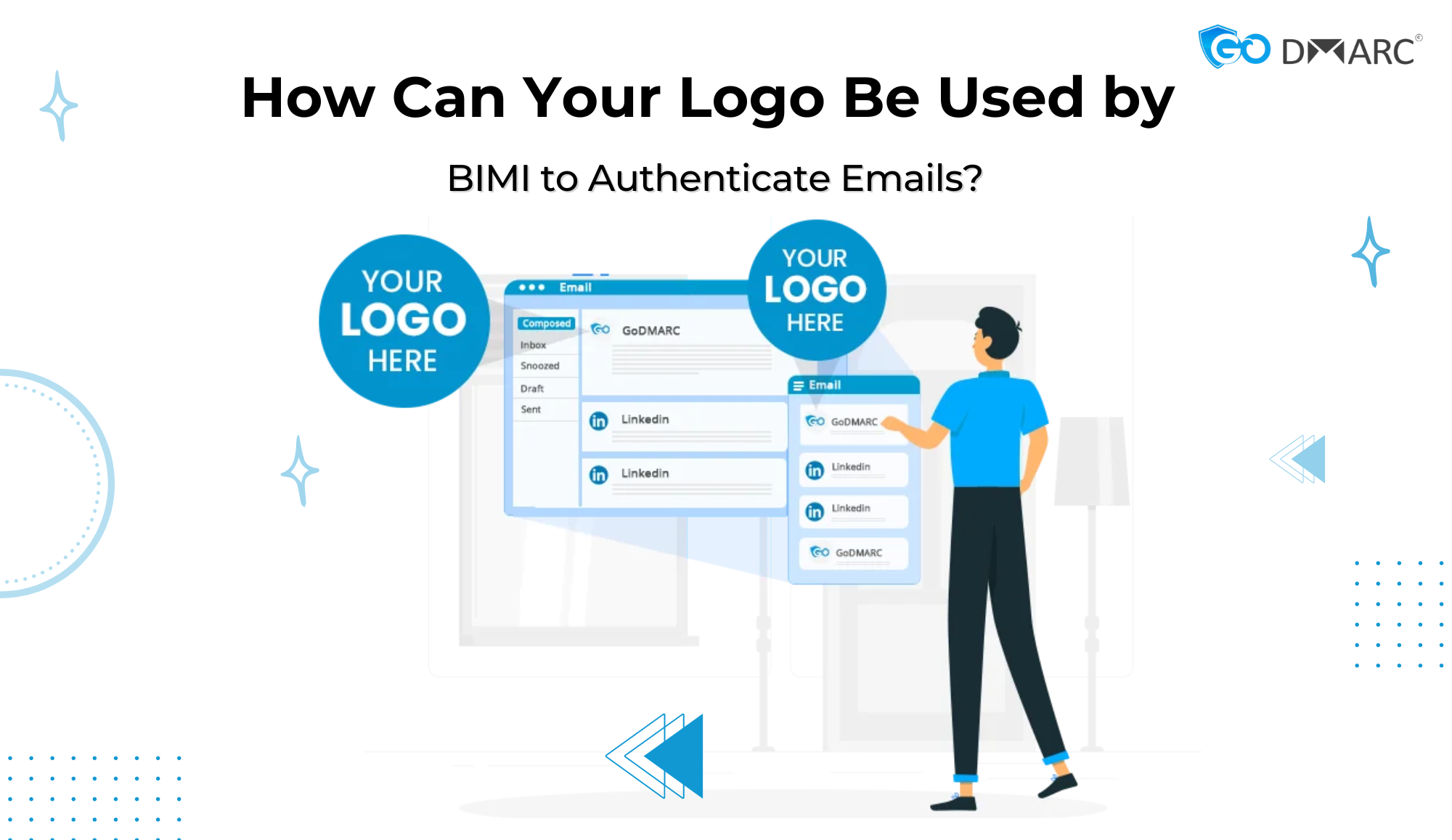Do you want the name and logo of your business to appear alongside the emails you send to customers?
An evolving set of technical requirements called Brand Indicators for Message Identification (BIMI) offers that capability.
Before BIMI, there was no established method for a business to specify the logo it wants a mailbox provider to use in connection with its permitted email. Now, brands with specific domain permissions can display their logos in participating email clients.
TABLE OF CONTENTS
A mailbox provider may link the BIMI logo to an email if the domain correctly authenticates it using Domain-based Message Authentication Reporting and Conformance (DMARC).
Recent years have seen an increase in email consumers’ confusion regarding an email’s validity, which has become a significant problem for businesses fighting spam. BIMI strives to make it simple for email recipients to find out about the sender’s brand identification. An organization is given the power and freedom to choose which logo should be affixed to its authenticated emails. In general, BIMI functions as an additional layer to your current email authentication configuration.
What is BIMI?
Email authentication plays a vital role in establishing trust and combating phishing attempts in the digital world. Brand Indicators for Message Identification (BIMI) takes email authentication further by utilizing your logo as a visual indicator, enhancing brand recognition, and fostering trust among recipients.
What is the purpose of BIMI?
Brand Indicators for Message Identification (BIMI) is an industry standard that enables brands to display their logos alongside authenticated emails. BIMI aims to provide a visual cue to recipients, reinforcing the email’s legitimacy and increasing trust in the sender.
How to implement BIMI authentication?
Start by implementing email authentication protocols like SPF, DKIM, and DMARC to verify the authenticity of your email messages. Once these protocols are in place, create a BIMI record in your Domain Name System (DNS) to associate your logo with your domain.
How to create a BIMI-compatible logo?
Design a logo that meets the BIMI logo requirements, including size, format, and resolution. Furthermore, ensure that your logo represents your brand accurately and is visually appealing. Optimize your logo for different display sizes to ensure clarity and recognition across various devices.
How to validate your logo and domain?
Before associating your logo with your domain through BIMI, validate that your logo is owned and controlled by your organization. Validate your domain ownership to ensure you have the authority to display your logo in email communications.
Build trust and increase engagement with BIMI
- By implementing BIMI, your logo will appear alongside authenticated emails, giving recipients a recognizable visual indicator of your brand.
- Increased brand recognition leads to improved open rates, higher engagement, and reduced chances of your emails being marked as spam.
- BIMI also acts as a deterrent for phishing attempts, as it becomes more challenging for malicious actors to replicate your brand’s authenticated logo.
Summing up!
BIMI offers a powerful opportunity to enhance brand recognition and build trust in your email communications. By associating your logo with authenticated emails, you not only establish your brand’s legitimacy but also increase engagement and reduce the risk of phishing attacks. Embrace BIMI to leverage the visual impact of your logo and solidify your email communication as a secure and trusted channel.
Configuring your email authentication mechanisms is not sufficient to safeguard your domain from misuse and impersonation. Monitor, safeguard, and protect your domains to keep abreast of the attackers’ shifting strategies and maintain constant visibility across all your email-sending sources and channels.
Register with GoDMARC right away for a free DMARC and BIMI trial. Check out the GoDMARC pricing page now!
FAQs
Q1. Are there any prerequisites for implementing BIMI?
Yes, implementing BIMI requires prior implementation of email authentication protocols like SPF, DKIM, and DMARC to verify the authenticity of your emails and maintain a strong sender reputation.
Q2. Will BIMI improve my email deliverability?
While BIMI itself doesn’t directly impact email deliverability, it can indirectly improve it by increasing trust and engagement with recipients, leading to better open rates and reduced chances of your emails being marked as spam.




